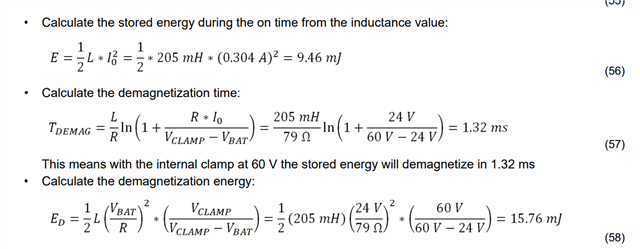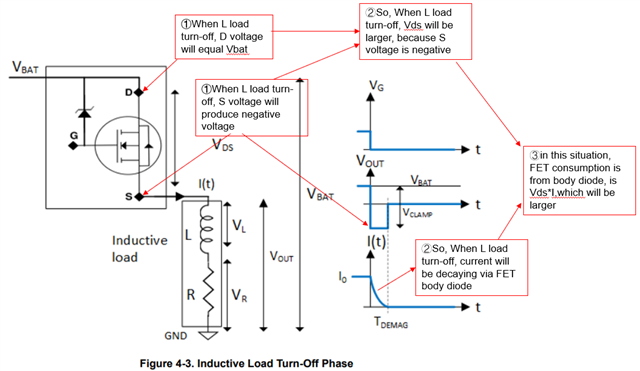hi experts
when i read this APP note:How To Drive Resistive, Inductive, Capacitive, and Lighting Loads (Rev. E) . i have some questions about "stored energy during the on time from the inductance value" and "demagnetization energy"

from my narrow knowledge, i think "demagnetization energy" equal to "stored energy during the on time from the inductance value" , because high-side need to consume this energy(demagnetization energy) which is stored during the on time from the inductance value. what is wrong ?


